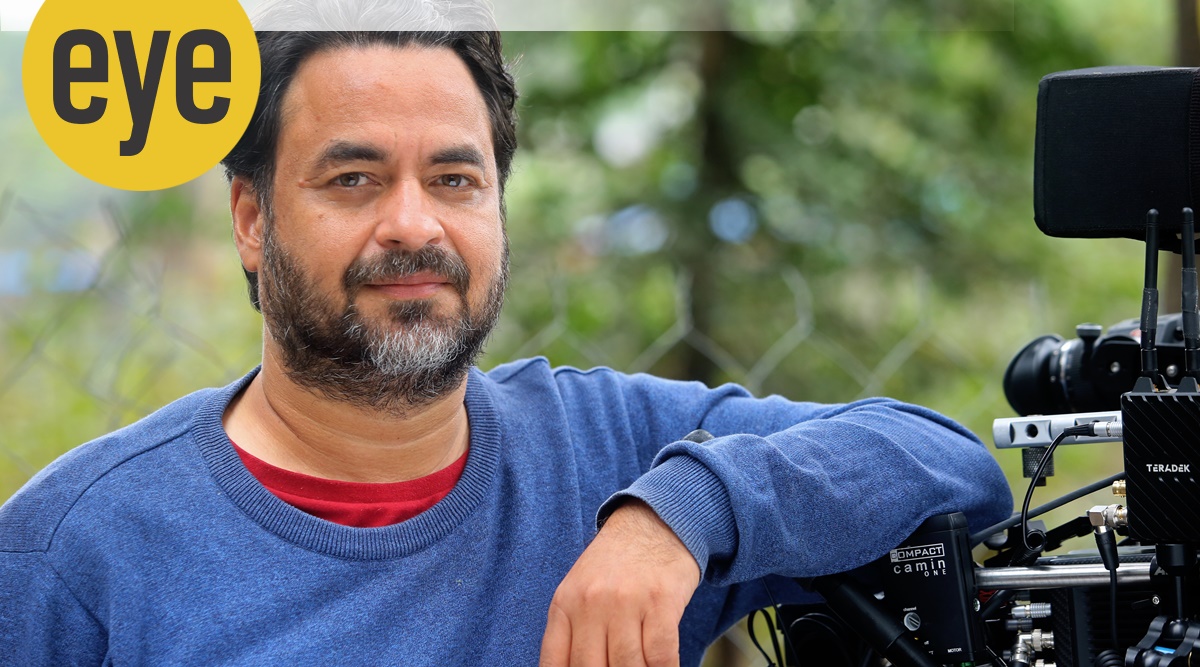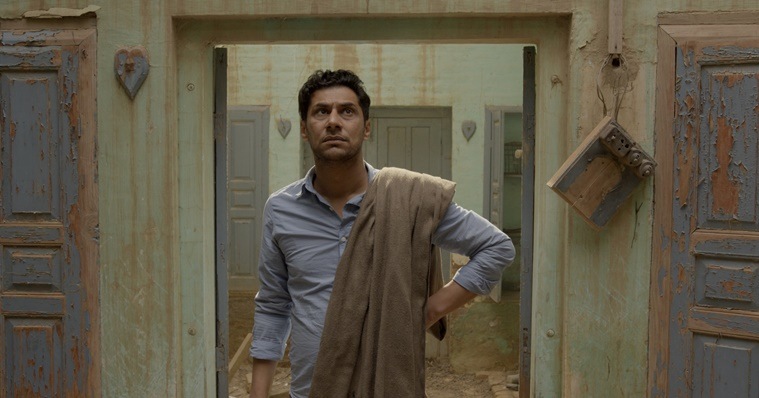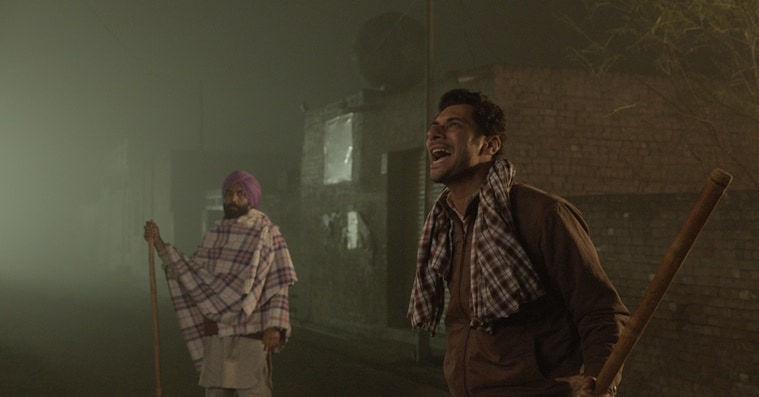 Filmmaker Gurvinder Singh.
Filmmaker Gurvinder Singh. Your latest Punjabi film Adh Chanani Raat (Crescent Night), which premiered at the International Film Festival Rotterdam, is based on Gurdial Singh’s novel of the same name. What made you revisit his writing?
After Chauthi Koot (2015), based on two short stories by Punjabi writer Waryam Singh Sandhu, I thought of working with another story from Punjabi literature. I considered some other literary works before going back to Gurdial Singh, whose novel I’d adapted for my first feature Anhey Ghorhey Da Daan (2011). Adh Chanani Raat is different from both Anhey… and Chauthi Koot. Unlike them, where the story unfolds in a sociopolitical backdrop, this film is more about one person Modan (Jatinder Mauhar) and his family. It’s about how the landowning class has not changed.
The novel is much darker in comparison.
Yes, the novel takes a completely different turn. But I was clear about not wanting to make a dark movie. My film is more about hope even though it shows how violence can become a vicious circle. However much one may try to move away from it, the acts of violence continue to haunt. The film doesn’t end on a definite note. The crux of the movie is the longing for home and family. The original story and the novel’s characters needed some reworking. Gurdial ji passed away in 2016. We sought permission from his family for the changes.
 A still from the film ‘Adh Chanani Raat’
A still from the film ‘Adh Chanani Raat’ In the film, have you, in a way, captured the insecurities and vulnerabilities of the farmers who were, until December, on a prolonged protest against the Farm Bills?
There is not one kind of farmer in India. I’m now familiar with that section of farmers who protested against the Farm Bills (passed in September 2020). The novel truly represented this class. We had already finished shooting the film when we saw the whole community come out in protest against the farm laws. They were insecure about whether the land would continue to remain with them. It is not overtly defined in the movie, which has touched upon the conflicts over ownership of land. The protagonist’s family comes apart over this issue.
You tend to work with non-professionals or lesser-known actors. How did you go about casting for this film?
It’s intuitive, more to do with their presence on screen as I don’t do any kind of audition. Selecting actors is like choosing colours for a painting. I see actors like palettes. Once you’ve cast your lead actor, it becomes easier to choose actors for the other characters. While reading the novel I’d thought of casting Samuel John (the lead in Anhey…) as Modan. Later, I decided to cast him as Modan’s friend and chose Jatinder, a Punjabi filmmaker, as the lead, even though he hadn’t acted before because he has that kind of presence which I believed could work for Modan. For the role of his wife Sukhi, I asked Mauli Singh, a former journalist, and publicist. I had no idea then that she had studied theatre and acted in Punjabi movies and TV shows before moving to Mumbai.
Your movies are visually rich. Does it come naturally since you are a painter too?
This time, I didn’t want to make a visually-rich movie. That’s why there are really long takes in Adh Chanani Raat. I let the actors carry a scene rather than the camera having a major presence in the mise-en-scène. It is my third film with cinematographer Satya Rai Nagpaul and, I feel, it’s his most refined work. In Anhey…, the camera is always after something. In Adh…, the camera is a silent observer.
 A still from the film ‘Adh Chanani Raat’
A still from the film ‘Adh Chanani Raat’ Adh Chanani Raat is supposed to be the last movie of what is now informally being called your ‘Punjab trilogy’. What next?
These three movies give a sense of completion. I don’t wish to adapt any more literary work after this. These are different from each other even though they are rooted in the same culture. For me, they are stylistically different. Of course, since they are directed by me, they have some concerns that are similar. What I make after this would be a new way of looking at cinema.
What stories will you be telling after this?
I’ve been living in Punjab for nearly two-and-a-half years. In this period, I’ve seen, observed, and met so many people. There are many stories I’ve heard from people. Till now, I took the help of the writings by Gurdial ji and Waryam ji to understand the recent past of Punjab. As for present-day Punjab, I’ve experienced that to be able to tell stories about it. I’ve already written scripts around this.
Some months ago, you had posted on social media about a streaming platform not picking your film.
I’ve nothing against them funding and showing films that draw mass audiences. But they should also invest in films that cater to a niche audience. There can be a special segment for independent cinema. Sometimes, the audience doesn’t know a certain film is available. These films have to compete with big Hollywood and Bollywood titles and get lost there.
 A still from the film ‘Adh Chanani Raat’
A still from the film ‘Adh Chanani Raat’ What are your views on the merger of the four government film media units with the National Film Development Corporation?
The government has promoted certain kinds of films which espouse ‘nationalism’. They promote a certain kind of culture and ‘Indianness’. We’ve a great cinematic heritage that should be preserved. I don’t know what’s the motive behind the merger. These bodies are linked to each other and interdependent. A merger can be a good thing provided it leads to efficiency and the mandate of these bodies is not diluted.
Did you recently shoot a film in Chhattisgarh?
It is a commissioned work. It is a 45-minute movie that’s part of an anthology based on the writings of Durgesh Pratap Singh based in Uttar Pradesh. I’m one of the four directors who are directing one film each for the anthology. The story I worked on deals with a very interesting and dramatic subject — something I would not have thought of otherwise cinematically.
- The Indian Express website has been rated GREEN for its credibility and trustworthiness by Newsguard, a global service that rates news sources for their journalistic standards.

